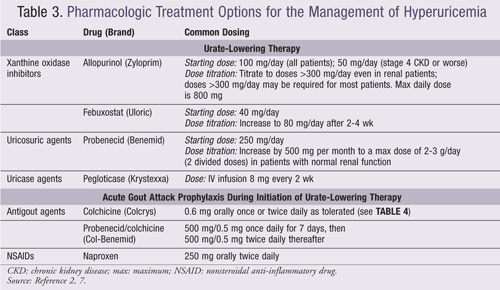

3, 4Ĭolchicine should be taken only as directed. 2 A second, smaller dose should be taken an hour or two later. Evidence shows that colchicine reduces gout pain, swelling, and inflammation decrease when it is taken within the first 36 hours of an attack. See Pain Medications for Arthritis Pain Relief ColchicineĪ prescription drug called colchicine was developed to treat gout. A doctor can advise whether or not to take NSAIDs and at what dosage. NSAIDs can also cause gastrointestinal side effects. While NSAIDs are an effective and recommended treatment for many people, they can have a negative effect on the kidneys, reducing their ability to filter out uric acid and increasing the risk of future gout attacks. These medications may be particularly effective if they are taken as soon as the person feels the gout attack coming on. Ibuprofen, naproxen, and other nonsteroidal anti-inflammatory medications (NSAIDs) can relieve pain from a gout attack.

Over-the-counter Anti-inflammatory Medications If the foot is affected, sit down with the foot resting on a footstool or lie down with the foot propped up on a pillow. See 3 Types of Cold Packs for Arthritis ElevationĮlevate the affected limb to help reduce swelling. If some pressure can be tolerated, a soft, cool compress applied to the affected joint may help relieve discomfort caused by inflammation. It is usually painful to use the affected joint, and resting it will help alleviate pain, swelling, and other symptoms. It is advisable to avoid putting even minor pressure on the joint until this phase has passed. Avoid Pressureĭuring the peak of gout pain, contact with any surface-even a bedsheet, may cause a sharp increase in pain. With proper treatment, gout pain and other symptoms can be under control within 24 hours and completely gone within a matter of days. The immediate goals for treating a gout flare-up are to reduce intense pain, swelling, warmth, and redness. Reference: 6 Ways to Deal with Painful Gout Attacks


 0 kommentar(er)
0 kommentar(er)
